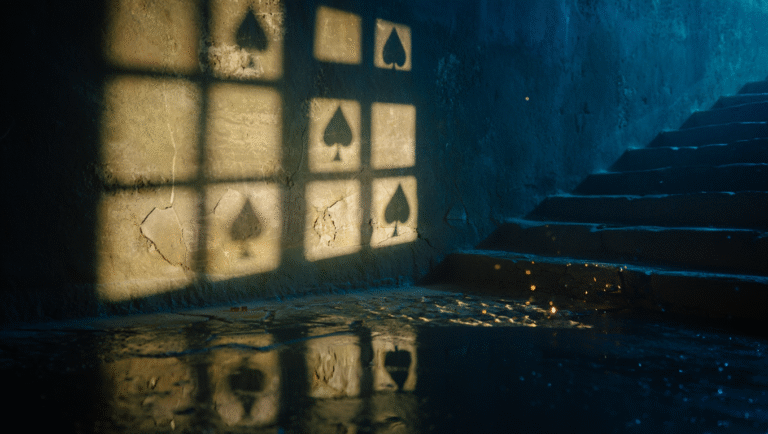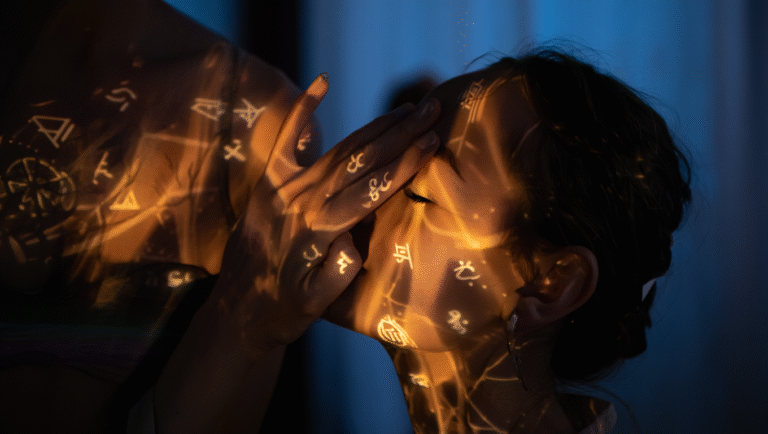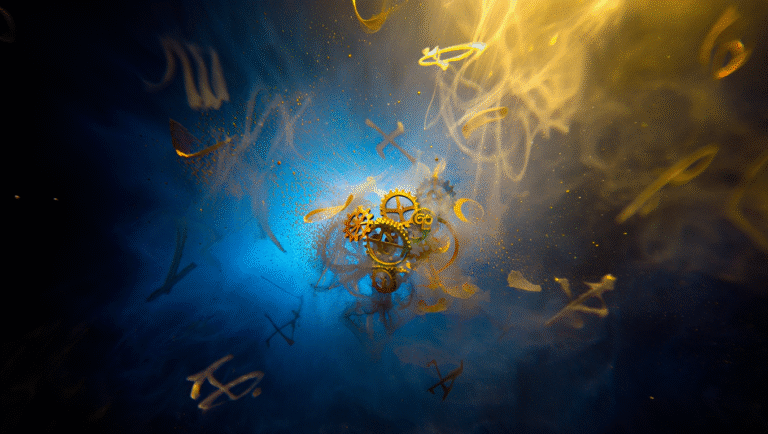Types of Astrology Explained
If you’ve ever tried to figure out what “type” of astrology someone’s talking about, you’re not alone. Astrology is more than just your “sun sign”—and it’s definitely more than horoscopes in the Sunday paper. In fact, there are several distinct astrological systems from different parts of the world, each with their own history, perspective, and practical uses. Today, let’s break down the main types: Western, Vedic, Mayan, Celtic, and Arab astrology. Whether you’re a curious beginner or just want to sound savvy at your next dinner party, here’s your practical, no-nonsense guide.
Why So Many Types of Astrology?
Astrology is basically humanity’s oldest attempt to make sense of the cosmos—and our place in it. As different cultures watched the sky, they developed unique methods. Some systems focus on the sun, others on the moon or the planets, and each one tells a different story about fate, personality, and the rhythms of life.
“Astrology is just a language. If you understand this language, the sky speaks to you.”
— Dane Rudhyar
So, which system is “right”? There’s no universal answer. It depends on what you want to learn, your background, and even your personal sense of what “clicks.” Let’s compare the main systems and see which one might be worth your 15-minute deep dive.
Case Study: One Person, Five Charts?
Meet Mia, a project manager who’s always been skeptical of astrology—but curious enough to check her horoscope. She tries five different astrological systems and, surprise, gets five unique charts. Her Western chart says she’s a Taurus, her Vedic chart puts her as an Aries, her Mayan sign is Cib, Celtic astrology says she’s a Willow, and Arab astrology points to the Sword. Confused? Don’t worry—here’s how these systems actually work.
Western Astrology
What it is: The most familiar system in Europe and the Americas. Western astrology is “tropical,” meaning it’s based on the Earth’s seasons, not the actual constellations. It uses your birth date, time, and place to create a detailed birth chart (natal chart) with 12 zodiac signs and houses.
How it works:
- Sun sign: The “zodiac sign” you usually read about.
- Rising sign: How others see you; based on your birth time.
- Moon sign: Your emotional self.
For whom? Anyone who enjoys self-reflection, personality analysis, or wants to explore compatibility. Great for beginners—there are tons of books and online tools.
What you need: Your full birth date, time, and place. (If you don’t know the exact time, you can still get a “solar chart.”)
Time to get started: 15 minutes to generate a basic chart at astro.com.
Popular Western Astrology Tools
- The Only Astrology Book You’ll Ever Need – Comprehensive, beginner-friendly.
- Astro Gold App – For iOS/Android; solid chart calculations.
Vedic Astrology (Jyotish)
What it is: Originating in India, Vedic astrology is “sidereal”—it tracks the actual constellations. It uses a different zodiac and puts strong emphasis on karma, life purpose, and major life events (“dashas” or planetary periods).
How it works:
- Lagna (Ascendant): Your outward self.
- Moon sign: Especially important for predictions.
- Dashas: Unique planetary periods affecting your life’s timing.
For whom? If you love detail, prediction, or want to explore karma and past-life themes. Also helpful if you have Indian heritage or want a system with a spiritual/philosophical angle (but still grounded in math and astronomy).
What you need: Birth date, time, place. (Precise time is extra important in Jyotish.)
Time to get started: 15-20 minutes for a free chart at AstroSage.
Recommended Vedic Astrology Resources
- Light on Life by Hart de Fouw & Robert Svoboda – Accessible intro to Vedic concepts.
- Beneath a Vedic Sky – Deeper dive for the truly curious.
Mayan Astrology
What it is: Developed by the ancient Maya, this system is based on a 260-day “Tzolk’in” calendar, with 20 day-signs and 13 numbers. Instead of birth months, your birth day is the key.
How it works:
- Day sign: Your basic character or destiny.
- Trecena: The 13-day cycle you’re born into.
For whom? If you’re interested in Mesoamerican culture, spiritual cycles, or want an “out-of-the-box” perspective. Also popular with those who love numerology.
What you need: Just your birth date (day, month, year).
Time to get started: 5-10 minutes for a quick read at MayanMajix.
Top Mayan Astrology Books
- The Mayan Oracle – Includes cards for hands-on learning.
- Jaguar Wisdom – In-depth, historical approach.
Celtic Astrology
What it is: Less mainstream, Celtic astrology links your birth date to sacred trees and lunar cycles. While its historical roots are debated, modern versions (like the “Celtic Tree Zodiac”) are fun for nature lovers and those with Celtic heritage.
How it works:
- Tree sign: Each period of the year is ruled by a tree (Willow, Oak, etc.).
- Personality traits: Associated with each tree.
For whom? Fans of nature-based spirituality, druidic lore, or anyone who’d rather be in the forest than reading a star chart.
What you need: Your birth date. (No time or place required.)
Time to get started: 3 minutes for a tree sign at Celtic Calendar Tool.
Recommended Celtic Astrology Books
- Celtic Astrology by Phyllis Vega – Modern guide to tree signs.
Arab Astrology (Arabic Parts)
What it is: Rooted in medieval Middle Eastern tradition, Arab astrology is famous for its “Arabic Parts”—special points in your birth chart calculated by adding and subtracting planetary positions. The most famous? The Part of Fortune.
How it works:
- Arabic Parts: Each “part” links to a life theme (wealth, marriage, etc.).
- Interpretation: Used alongside Western astrology for more nuance.
For whom? Advanced chart readers, astrology nerds, or anyone who wants to dig deeper than the basics.
What you need: Birth date, time, place (for detailed calculations).
Time to get started: 20 minutes, or use a calculator at Astro-Seek.
Arab Astrology Reading Material
- Arabic Parts in Astrology – Niche but practical.
At a Glance: Astrology System Comparison
| Name | Key Feature | What You Need | Time to Start | Best For | Amazon Link |
|---|---|---|---|---|---|
| Western | Sun, Moon, Rising signs | Date, time, place | 15 min | Introspection, compatibility | Check price |
| Vedic | Sidereal zodiac, dashas | Date, time, place | 20 min | Prediction, karma | Check price |
| Mayan | Day-signs, Tzolk’in | Date | 5 min | Cycles, alternative view | Check price |
| Celtic | Tree signs, lunar cycle | Date | 3 min | Nature lovers | Check price |
| Arab | Arabic Parts, Part of Fortune | Date, time, place | 20 min | Advanced analysis | Check price |
How to Try a New Astrology System in 15 Minutes
- Pick a system that matches your interests. (See above for inspiration!)
- Gather your birth data: date, time, and place if needed.
- Use one of the free calculators or grab a book/app from the suggested resources.
- Read your chart results. Write down any traits, predictions, or patterns that stand out.
- Compare with your experience or other astrology charts. Which feels most “you”?
Tip: Don’t expect every system to line up. Each tradition brings a unique lens. Explore playfully, and remember—astrology is a tool, not a rulebook.
Quick-Access Links & Tools
- Western Chart: astro.com
- Vedic Chart: AstroSage
- Mayan Sign: MayanMajix
- Celtic Tree Sign: Celtic Calendar Tool
- Arabic Parts Calculator: Astro-Seek
Final Thoughts: Which Astrology System Is “Best”?
The honest answer: The best astrology system is the one that fits your goals and worldview. If you want personality insights, try Western or Celtic. If you’re curious about prediction and timing, Vedic or Arab astrology might resonate. For a cyclical, spiritual approach, Mayan is unique. And if none of them fit? That’s okay too!
Real talk: Astrology can be fun, insightful, or just a cool way to reflect on your life. It’s not a substitute for therapy or medical advice, but it can spark interesting conversations—sometimes even real personal growth.
Ready to try for yourself? Grab one of the books, apps, or links above, set a timer for 15 minutes, and see what you discover.
Some links may be affiliate. You pay the same price, and this blog may earn a small commission.







